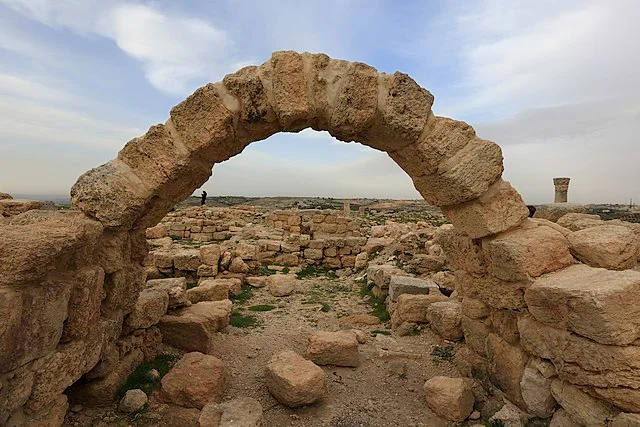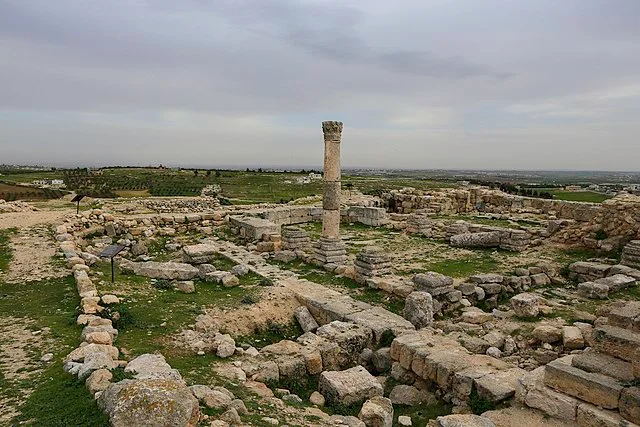Heshbon is an ancient city located in present-day Jordan, near the modern town of Hesban. This site holds significant historical and archaeological value. Heshbon is mentioned in various ancient texts, including the Bible, which positions it as an important location in the Near Eastern history.
Get your dose of History via Email
Historical Context

Heshbon’s earliest references are found in the Bible. It was originally an Amorite city under King Sihon. The Israelites, during their Exodus from Egypt, defeated King Sihon and took control of Heshbon. According to the Bible, this event occurred around 1400 BC. After its conquest, Heshbon became part of the territory allotted to the tribe of Reuben and later to the tribe of Gad.
The city’s strategic location on the King’s Highway, a major trade route connecting Damascus with Arabia, contributed to its historical importance. This position made Heshbon a significant political and economic center during various periods of history.
Archaeological Findings
Archaeological excavations at Tell Hesban, the site of ancient Heshbon, have provided valuable insights into the city’s history. The site reveals continuous occupation from the Bronze Age through to the Byzantine period.
Excavations began in the 1960s, led by Andrews University. Archaeologists unearthed layers corresponding to different historical periods. The oldest remains date back to the early Bronze Age, around 3000 BC. These findings suggest that Heshbon was an established settlement long before its biblical mention.
The Iron Age remains at Heshbon, dating to the period of the Israelite monarchy (around 1200-586 BC), include fortifications, storage facilities, and domestic structures. These discoveries align with the biblical narrative of Heshbon as an important city during Israelite rule.
Later periods, particularly the Hellenistic (330-63 BC) and Roman (63 BC-AD 324) eras, also left significant archaeological remains. These include large public buildings, baths, and streets, which indicate that Heshbon retained its importance as a regional center.
During the Byzantine period (AD 324-638), Heshbon became known for its churches and Christian community. Excavations have revealed the remains of several Byzantine churches, demonstrating the city’s continued relevance in the early Christian period.
Historical Significance
Heshbon’s history reflects the broader geopolitical changes in the region. It witnessed the rise and fall of various empires, including the Amorite, Israelite, Assyrian, Babylonian, Persian, Greek, Roman, and Byzantine empires. Each period left its mark on the city, contributing to its rich archaeological record.
The biblical significance of Heshbon has made it a focus of theological and historical studies. Its mention in texts such as Numbers, Deuteronomy, and Isaiah highlights its role in Israelite history. Moreover, its association with King Sihon and the Israelite conquest connects it to significant events in the history of the ancient Near East.
Conclusion
Heshbon is a site of great historical and archaeological importance. Its strategic location on major trade routes contributed to its long-standing significance. The archaeological findings at Tell Hesban have enriched our understanding of the city’s history, from its early settlement in the Bronze Age to its prominence in the Byzantine period.
Heshbon’s role in biblical history further enhances its importance, making it a key site for both archaeological and theological studies. The city’s layers of history reflect the complex and dynamic history of the ancient Near East, offering valuable insights into the civilizations that once thrived in this region.
Source:

